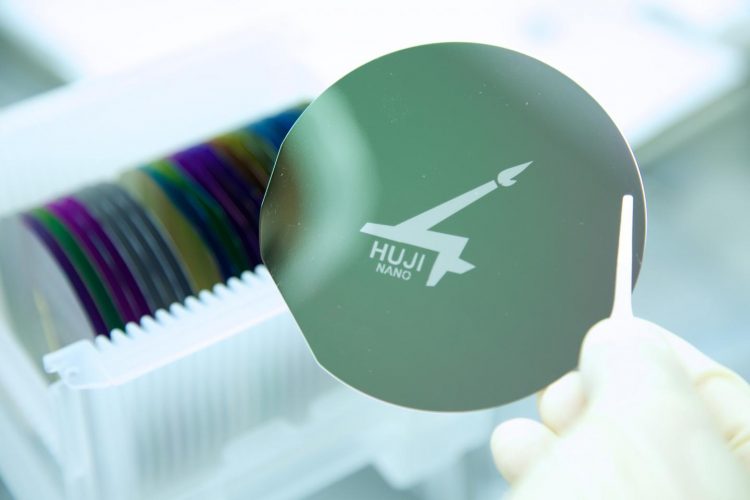Ultra-precise chip-scale sensor detects unprecedentedly small changes at the nanoscale

The Hebrew University is a leader in research and development at the nanoscale. Photo by Patricia Alvarado Núñez - graziosopictures.com
The principle of operation of such resonative sensors is based on monitoring the spectrum dependence of the resonator subject to minute variation in its surrounding (e.g., different types of atoms and molecules, gases, pressure, temperature). Yet despite several important accomplishments, such optical sensors are still limited in their performances, and their miniaturization is highly challenging.
Now, a team from the Hebrew University of Jerusalem has demonstrated an on-chip sensor capable of detecting unprecedentedly small frequency changes.
The approach consists of two cascaded microring resonators, with one serving as the sensing device and the other playing the role of a reference — thus eliminating environmental and system fluctuations such as temperature and laser frequency.
“Here we demonstrate a record-high sensing precision on a device with a small footprint that can be integrated with standard CMOS technology, paving the way for even more exciting measurements such as single particle detection and high precision chip scale thermometry,” said Prof. Uriel Levy, Director of the Harvey M. Krueger Family Center for Nanoscience and Nanotechnology at the Hebrew University of Jerusalem, and a faculty member at the Department of Applied Physics in the Rachel and Selim Benin School of Computer Science and Engineering.
Among the innovations that made this development possible are chip scale integration of reference measurement, and a servo-loop locking scheme that translates the measured effects from the optical domain to the radio frequency domain.
These enabled the researchers to quantify their system capabilities using well-established RF technologies, such as frequency counters, spectrum analyzers, and atomic standards.
The research appears in the peer-reviewed journal Optica, published by The Optical Society. The MRRs were fabricated at the Hebrew University's Center for Nanoscience and Nanotechnology.
Media Contact
All latest news from the category: Information Technology
Here you can find a summary of innovations in the fields of information and data processing and up-to-date developments on IT equipment and hardware.
This area covers topics such as IT services, IT architectures, IT management and telecommunications.
Newest articles

A universal framework for spatial biology
SpatialData is a freely accessible tool to unify and integrate data from different omics technologies accounting for spatial information, which can provide holistic insights into health and disease. Biological processes…

How complex biological processes arise
A $20 million grant from the U.S. National Science Foundation (NSF) will support the establishment and operation of the National Synthesis Center for Emergence in the Molecular and Cellular Sciences (NCEMS) at…

Airborne single-photon lidar system achieves high-resolution 3D imaging
Compact, low-power system opens doors for photon-efficient drone and satellite-based environmental monitoring and mapping. Researchers have developed a compact and lightweight single-photon airborne lidar system that can acquire high-resolution 3D…





















